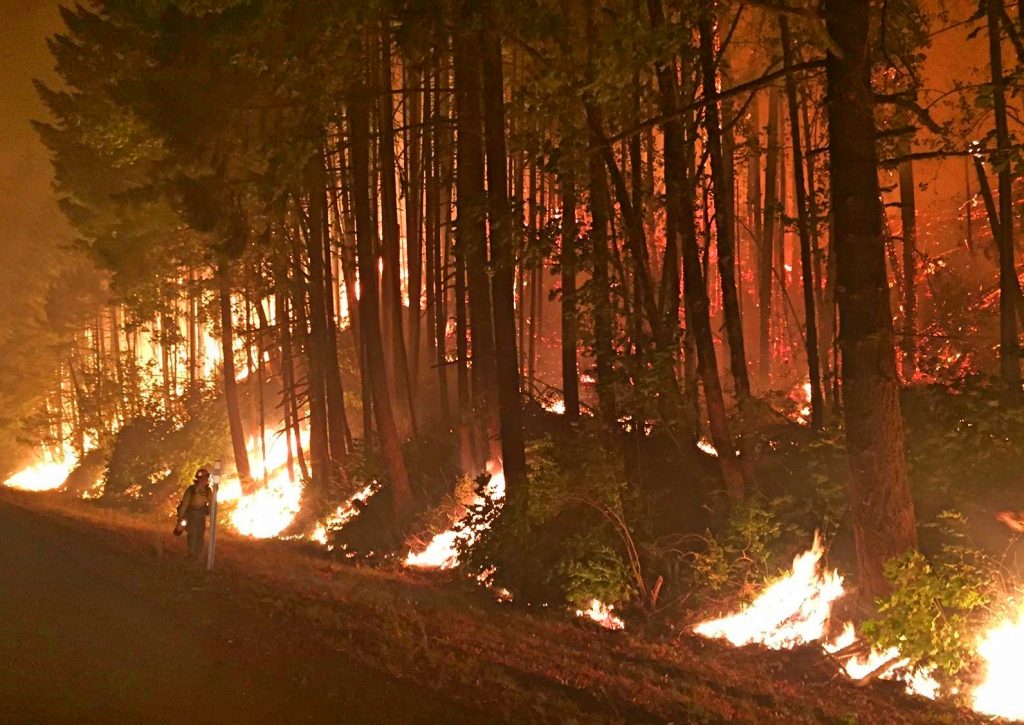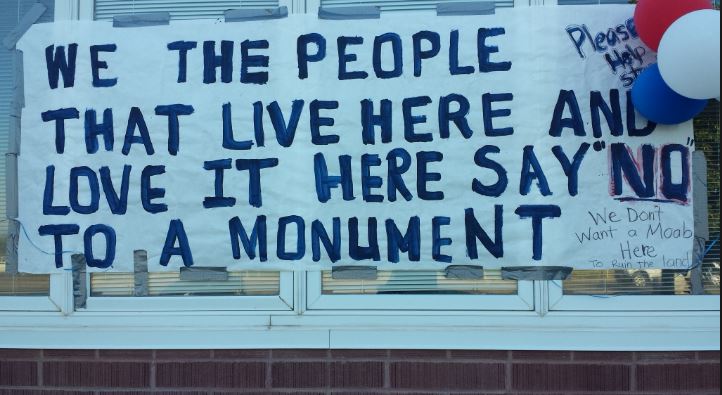“…federal government under the Obama administration insisted on managing Greater Sage Grouse recovery with a Washington, D.C., one-size-fits-all approach that fails miserably to address the individual management challenges present in each state.“
by Marjorie Haun
Evidence is mounting that sage grouse populations are robust and growing. However, the chicken-sized birds found in much of the West are not thriving because of federal regulations, but because states and localities have stepped in. Sage grouse populations have never been scientifically proven to qualify for endangered status according to Fish & Wildlife criteria, but having unusual mating rituals and beautiful plumage, the birds became a favored political tool for special interests seeking to stop resource development on federally-controlled lands.
Despite advancements in states such as Colorado, where localized plans have had great success in restoring sage grouse numbers without federal intervention, in 2015, the Obama Administration overreached its authority by ‘amending’ existing state management plans, using the birds as a rationale to place severe restrictions on activities such as energy development and mining.
On October 25, the House Committee on Natural Resources held a hearing about the impact of state-devised management plans on sage grouse populations, once feared to be in precipitous decline. The findings are a powerful testament to the advantages of state and local control over species recovery efforts, not to mention benefits to important natural resources-based industries.
The press release issued by the Natural Resources Committee details the negative consequences of the Obama-era sage grouse overreach, as well as the benefits of greater state and local control:
In 2015, the U.S. Fish and Wildlife Service decided that listing the Greater Sage Grouse as either threatened or endangered under the Endangered Species Act was not warranted. Instead, the Obama administration developed an equally-restrictive de facto listing scheme by amending 98 Western resource management plans…
Decades of activist litigation and efforts by the Obama administration to circumvent successful state management plans have been “bad for the West, bad for jobs and bad for sage grouse,” according to Idaho Speaker of the House and fifth generation rancher Scott Bedke. “In the process of placating anti-grazing activists, federal agencies have made the number one threat to the Greater Sage Grouse in Idaho worse. In fact, these federal amendments, if left to stand, will create an explosive wildfire situation throughout the Great Basin,” Bedke added.”
In 2017, Bedke’s family ranch lost their entire winter grazing allotment due to overly prescriptive federal land use restrictions. A wildfire, which could have been easily contained by local firefighter, was allowed by federal managers to grow out of control burning tens of thousands of acres of prime sage grouse habitat…
State management plans have been developed with local stakeholders and experts on the ground for more than a decade to address unique and varying geographic differences within their boundaries…
Utah, for example, spends an average of $5 million a year protecting sage grouse, and has seen the state population of sage grouse steadily increase since 1990. The state has been especially successful at mitigating the threat of catastrophic wildfire within sage grouse management areas…
Similarly, in Montana, male sage grouse are up 153% compared to 2014 numbers due to the investment of almost $8 million in conservation funds in 2016 to restore over 1,000 acres of critical sage grouse habitat.
See the full press release here
Video of the full hearing before the House Committee on Natural Resources can be seen below
Chairman of the Natural Resources Committee, Rob Bishop, summarized both the problems and solutions in his comments on the hearing. He said, “…federal government under the Obama administration insisted on managing Greater Sage Grouse recovery with a Washington, D.C., one-size-fits-all approach that fails miserably to address the individual management challenges present in each state. The purpose of today’s hearing is to provide further evidence that state and local control leads to lasting success. States have consistently proven to be masters at caring for their own lands and wildlife, and sage grouse is no different…”
Witnesses with expertise in wildlife and resource management from several states testified about the success of localized sage grouse recovery plans, as well as the need for greater state and local control in furthering the well being of the species. Because states with sage grouse populations have regional variations in habitat, witnesses cautioned against a centralized ‘one size fits all’ plan, which can negatively impact local economies, and could be counterproductive to sage grouse recover efforts.
Also emphasized in witness testimony are other issues, such as wildfires, grazing rights, and domestic energy production, which are all impacted by species regulation. Although human activities have been blamed for past sage grouse declines, the birds face a number of dangers other than threats to habitat, including numerous natural predators. Decreased grazing in sage grouse habitat has actually harmed the birds because overgrown vegetation will eventually succumb to wildfire. In one Utah case, heavy equipment was not deployed in wildfire suppression efforts due to federal regulations. Because of the restrictions on equipment use, the wildfire burned a large region of prime sage grouse habitat. In this and many other instances, the effects of federal interference has been contradictory to sage grouse recovery goals.
[paypal_donation_button]
Free Range Report
[wp_ad_camp_3]
[wp_ad_camp_2]




Very good article.